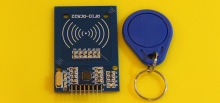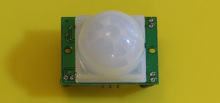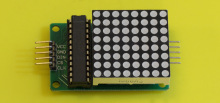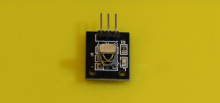Rhasspy
Rhasspy is a loosely connected set of tools for creating a personal voice assistant. Each of the tools, including speech recognition and speech generation, can run on your own computer without sending your private data off to a cloud-based service (although you can still choose to do so).
The components within Rhasspy's pipeline can talk to each other using various methods such as by posting data to a web URL or launching a program in response to a command.
- Read more about Rhasspy
- Log in to post comments









